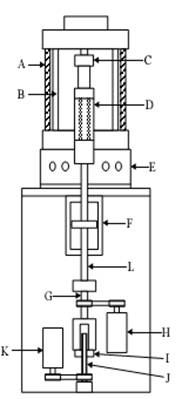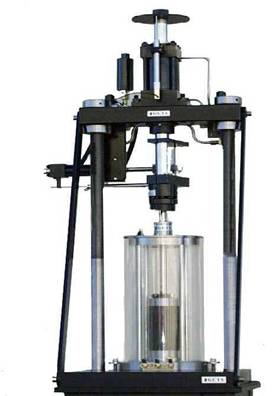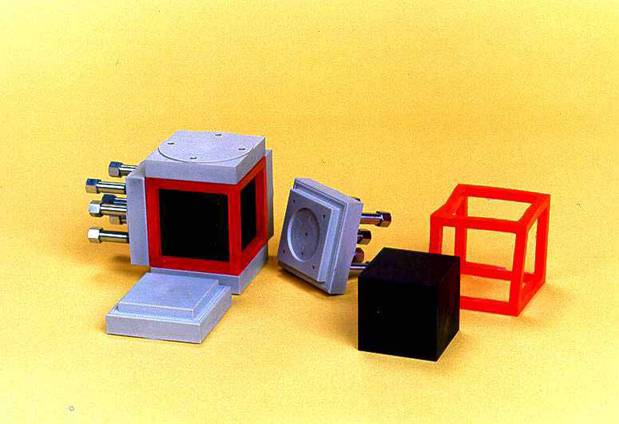Deformability of soil



The Hollow Test and the True Triaxial Test
A hollow cylinder apparatus was used to study some engineering properties of hollow cylindrical sand specimens prepared using the wet-pluviation technique. The refined specimen preparation method had good repeatability. Wet pluviation produced inherently cross-anisotropic specimens, with the initial level of anisotropy reducing with decreasing initial void ratio. The variation in the initial void ratio of the sand specimens was related to the volume of the specimens. The stress-strain responses under isotropic consolidation were not significantly affected by the small variations in the initial void ratios that occurred for a target initial specimen volume. The levels of membrane penetration recorded for the different specimens were independent of the applied cell confining pressure, and the amount of membrane penetration compared well with other experiment.

Schematic drawing showing layout of Hollow Cylinder Apparatus.
Dynamic Hollow Cylinder Testing System (HCA)
FEATURES
- Closed-loop digital servo control.
- ±225 N-m torsional loads, ±100 kN axial loads at up to 20 Hz.
- Confining, back/pore, and internal pressure servo control up to 1,000 kPa.Angular displacement sensor with a deflection range of ±25° to measure large shear strains (±40° optional).
- Non-contacting deformation sensors with a ±2.5mm range to detect small shear strains.
- Standard systems to test 100-mm Outside Diameter and 50-mm Inside Diameter (25-mm wall thickness). Systems also available to test 150-mm OD and 75-mm ID.
- Optional unsaturated soils testing system package also available.
- nternal high-speed torque motor for resonant column testing, ultrasonic platens, and temperature controller options also available.
- Complete "turn-key" system.

Direct digital servo control of axial load, torque, confining pressure, internal pressure (for hollow cylinder specimens), and back pressure are achievable using the GCTS Dynamic Hollow Cylinder Testing System (HCA) for performing "true triaxial" tests. This system is capable of simulating most field stress/strain path tests (static or dynamic) including plane strain, simple shear, and small shear strains.
Compacted soil is often employed in geotechnical constructions. A set of triaxial compression tests was executed on fully saturated specimens of a medium-fine compacted soil to investigate the influence of preparation water content on the stress-strain behaviour.

The integrated True-Triaxial Test Cell Platen and Seal System are designed for large strain deformation (4% to 8%) and to date has been built to accommodate 80mm cube and 80x160mm prism samples. Designs have been produced to accommodate a 240mm cube.
True Triaxial Cell
